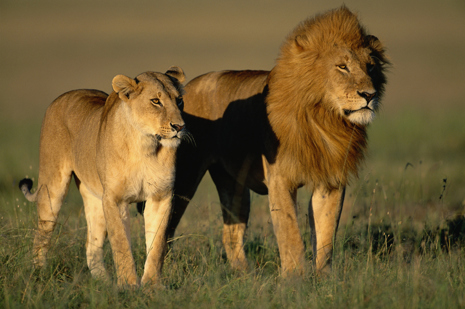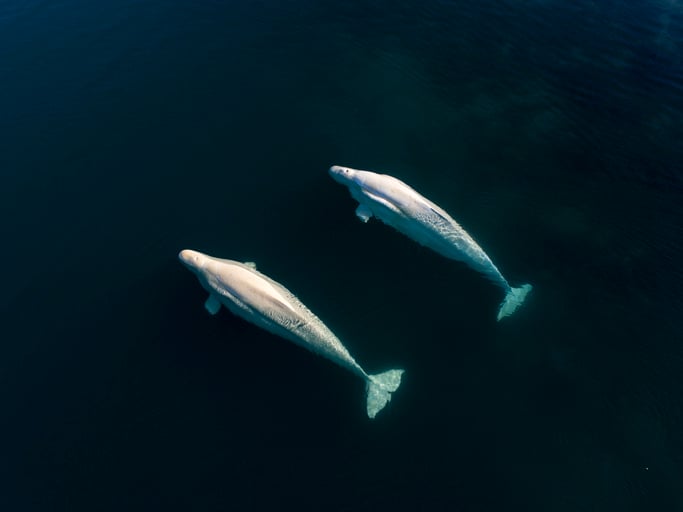
In over five decades, the transportation of live animals by air has undergone significant transformations. Since the very first flight in 1909, the volume of live animals transported by air has increased significantly, requiring the constant enhancement and development of regulations to ensure their safety and well-being during the air transportation journey.
Released in 1969, the first edition of the IATA Live Animals Regulations (LAR) was developed in consultation with worldwide international and national organizations as well as experts concerned with the welfare and transport of animals. The Live Animals and Perishables Board (LAPB) was therefore also established in 1969. The LAPB considers all aspects for safely transporting live animals worldwide, including, but not limited to, classification, labelling, marking, packing, handling, loading, documentary requirements, and any other necessary control and animal welfare procedures. The year 1969 marked a pivotal moment in the evolution of standards for transporting live animals by air. Going from addressing the transportation needs of just a few hundred animal species annually in the mid-90s, today the IATA LAR caters to thousands of diverse species travelling the globe.
The importance of these regulations transcends mere logistics. Whether it's the conservation of endangered wildlife by airlifting them to their natural habitats, the reintroduction of critical species like bees and butterflies to promote biodiversity, or reuniting families with their pets, the air transport of live animals is both in demand and necessary.
In the spring of 2019, a landmark event unfolded in the realm of animal welfare. Little Grey and Little White, two beluga whales, embarked on a journey that would redefine the boundaries of animal relocation and conservation efforts.

The two marine mammals prepared to embark on a 6000-mile transatlantic voyage from their former home to the pristine waters of Iceland. Their destination? The world's first open-water beluga sanctuary, a haven where these beluga whales could live freely in a more natural habitat. Months of meticulous planning and unwavering dedication preceded the whales' momentous flight. Cargo specialists meticulously designed and crafted customized slings and containers tailored to ensure the safety and comfort of Little Grey and Little White during their flight.
The welfare of these creatures was of paramount importance. Animal welfare experts invested countless hours in understanding and catering to the whales' physical and emotional needs. From dietary considerations to acclimating the whales to their transport containers, every detail was carefully thought out to minimize stress and ensure their well-being throughout the journey. The team behind this relocation worked tirelessly, meticulously coordinating every aspect to adhere to stringent safety measures, guaranteeing a seamless and secure journey from the outset to the final destination.
The successful relocation of Little Grey and Little White set new benchmarks in animal welfare. Their transatlantic flight not only symbolized the triumph of human dedication and ingenuity but also paved the way for future initiatives involving the air transport of live animals. Transporting live animals, irrespective of their size, demands a unique blend of logistics, scientific knowledge and a deep understanding of each species' intricate needs. This ground-breaking journey was a testament to the unwavering commitment of individuals and organizations toward the welfare and preservation of Earth's diverse species.
Every single day many animals like Little Grey & Little White take flight from one part of the globe to another. Routes from Netherlands to the United States, Pakistan to China and Philippines to Chinese Taipei are among the top 3 routes for the transportation of live animals by air. Some of the most popular types of animals flown are bees, horses, dogs, cats and fish. The IATA LAR has more than 3412 scientific names, 56 container requirements and much more in the 500-page manual. The container requirements in the IATA LAR provide information related to the preparation before dispatch of an animal and lets you know which container requirements are applicable to each animal.
The Top 10 routes flown are:
When transporting live animals, the design, dimensions, ventilation, and other container features play a vital role in guaranteeing the safety and welfare of the animals. Airline containers intended for transporting animals should align with the specific needs of the animals being transported, for instance, using reinforced containers for animals prone to causing damage and employing double-packed containers for venomous species. These containers must be crafted with ease of handling in mind, incorporating suitable spacers for forklifts as required. Depending on the animal species, containers for live animals must have adequate ventilation on three sides while ensuring the container is secure against accidental opening, thereby safeguarding the live animals from harm.
Find out more about the IATA LAR Container Requirements & Statistics in our brochure and full details in the IATA LAR.
The demand for air transport services that prioritize the safety, comfort, and overall welfare of animals has been steadily increasing. Airlines are now reinvigorating their efforts to enhance handling procedures, temperature controls, and monitoring systems.
Cutting-edge technologies play a pivotal role in driving these new initiatives by providing real-time updates. Airports are also stepping up their game by investing in specialized facilities dedicated to animal handling. These include designated quarantine areas, climate-controlled zones, and veterinary services, all tailored to meet the specific needs of animals in transit.
Moreover, there's a significant focus on investing in training programs for staff and handlers involved in live animal transport. The objective is to equip them with the essential skills and knowledge necessary to handle animals with safety and compassion at the forefront. All these developments are aimed at ensuring compliance with regulations that are continually evolving to align with the latest best practices and techniques.
Airlines have also dedicated significant efforts toward offering a variety of in-cabin pet travel options, resulting in a noticeable surge in demand in recent years.For many pet owners, the preference is to travel alongside their animals rather than having them transported as cargo. To address this preference, airlines have revamped their policies to accommodate in-cabin transport, where this is in adherence with the minimal standards set up by the IATA LAR.
Enhanced amenities, including comfortable and compliant carriers, designated seating, and comprehensive in-flight pet care guidelines, are increasingly becoming available. However, it's crucial to highlight that specific policies, options, and regulations can vary significantly among airlines and regions. The safety of passengers remains paramount, and this consideration may limit the availability of in-cabin pet transport options in certain situations.
For over 50 years, the IATA LAR has served as an indispensable resource, guaranteeing the safe air transport of a myriad of species worldwide. Through continuous collaboration, adaptation, and strict adherence to the regulations in the IATA LAR, the industry will continue to ensure that every flight is not just a journey but a commitment to the well-being of the precious cargo on board and it will continue to serve and protect animals both big and small for many years to come.
You can find all the rules and regulations on shipping live animals by air in the IATA Live Animals Regulations (LAR) manual. IATA draws attention the fact that relevant and appropriate training are essential prerequisite to handling and shipping live animals, which is why IATA has developed the Live Animals Regulations (LAR) training courses. These tools are designed to equip personnel with the necessary knowledge and expertise to meet compliance requirements for transporting live animals by air. Both the manual and training courses are updated annually to ensure that all participants are aware of the latest standards and regulations, as well as best practices. In addition, the IATA CEIV Live Animals certification program validates the applicability of regulations within companies processes and procedures.